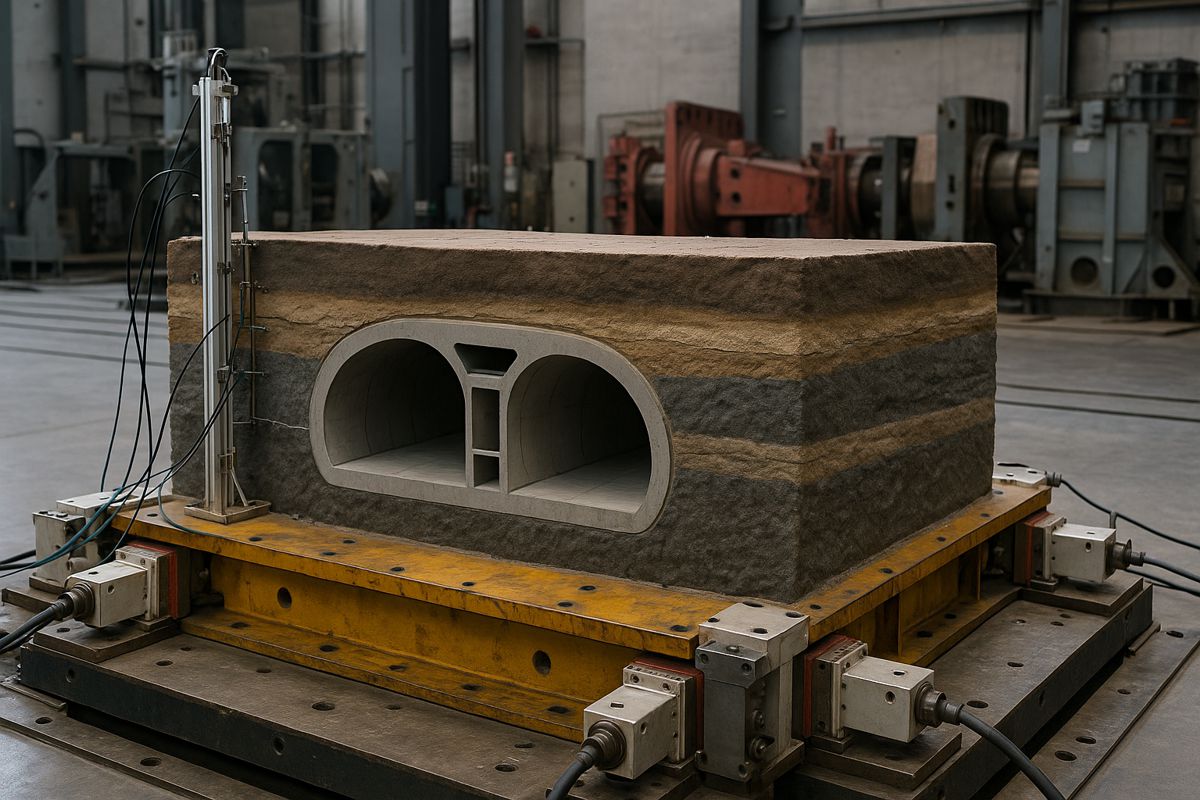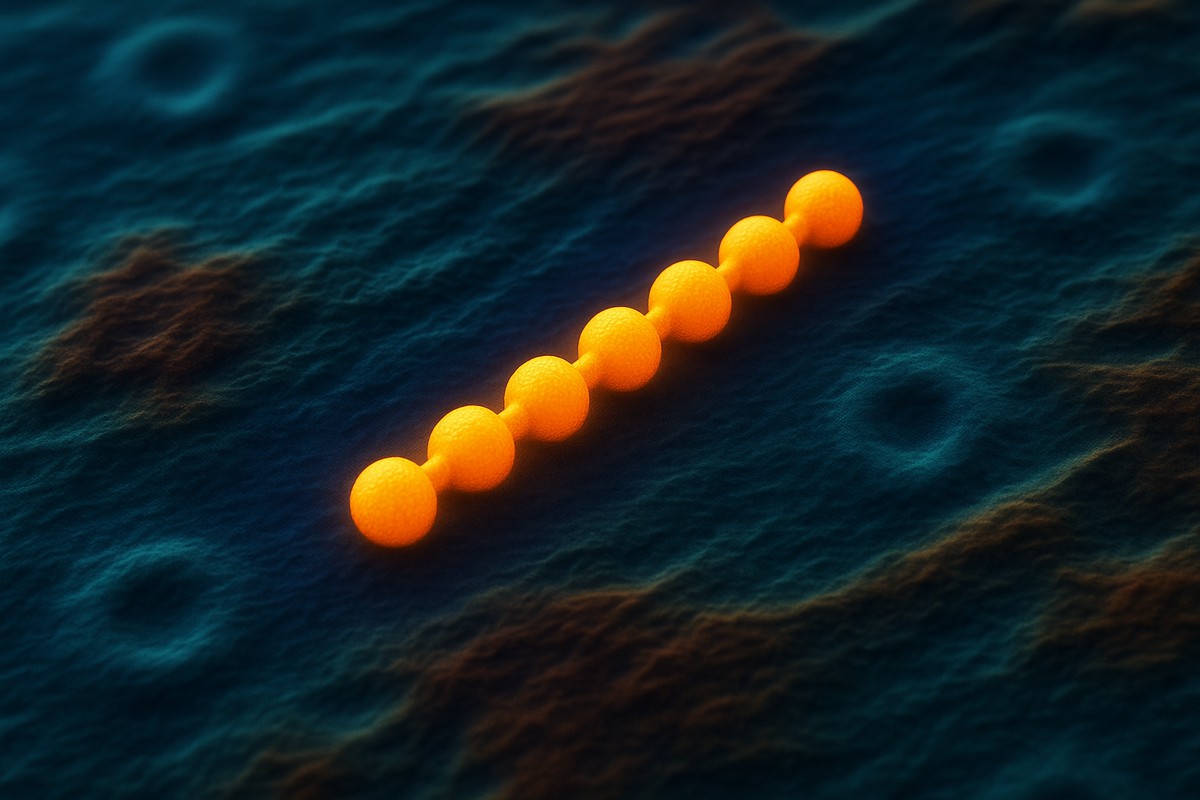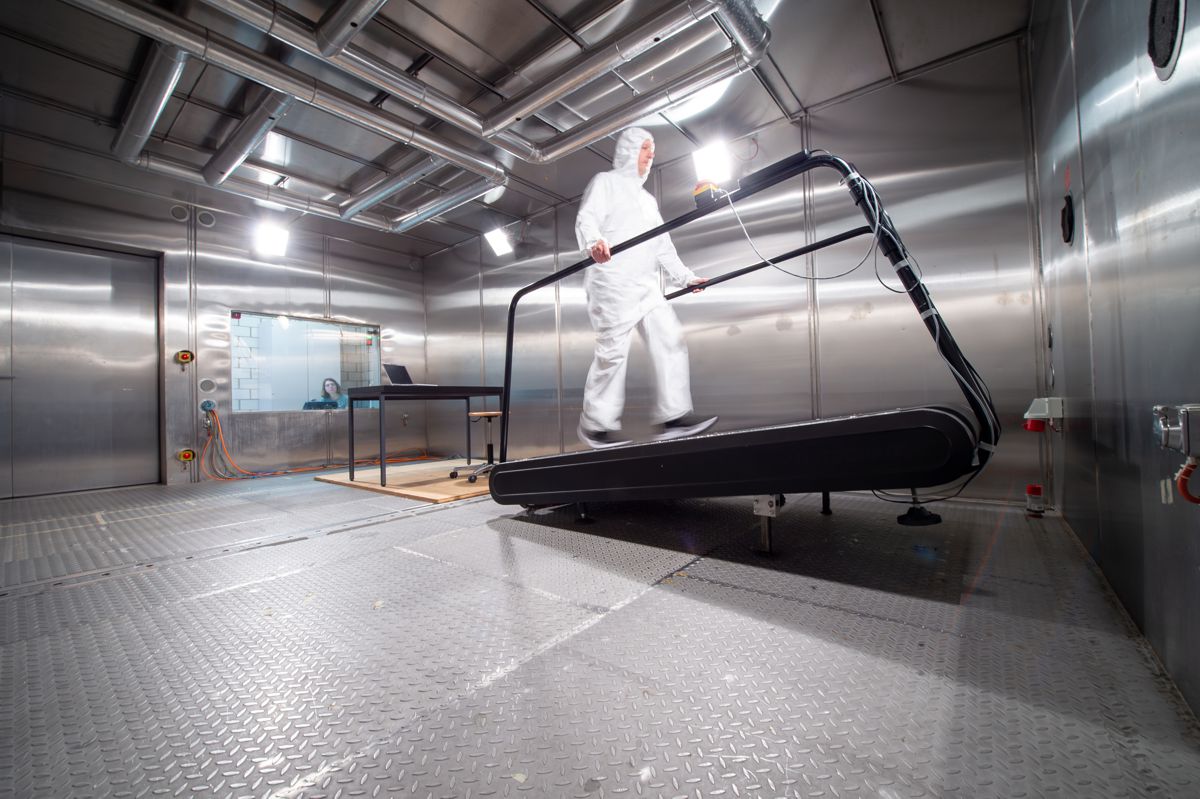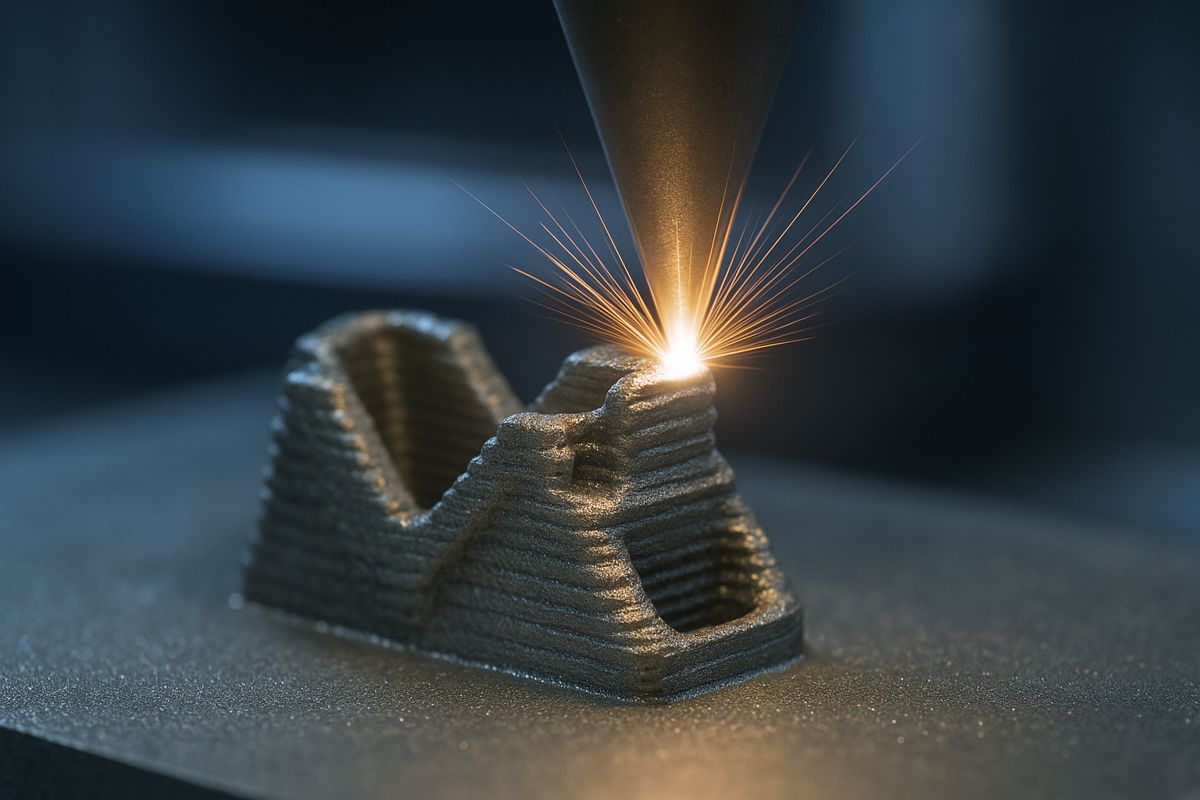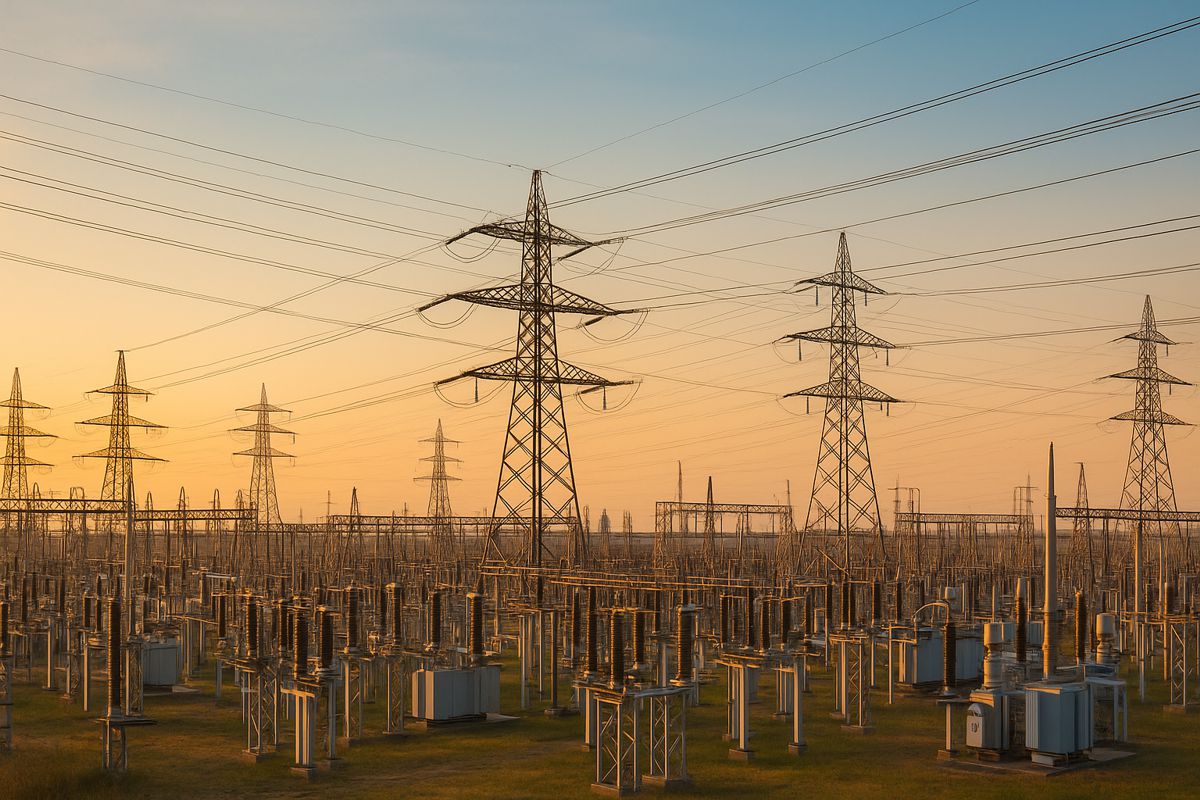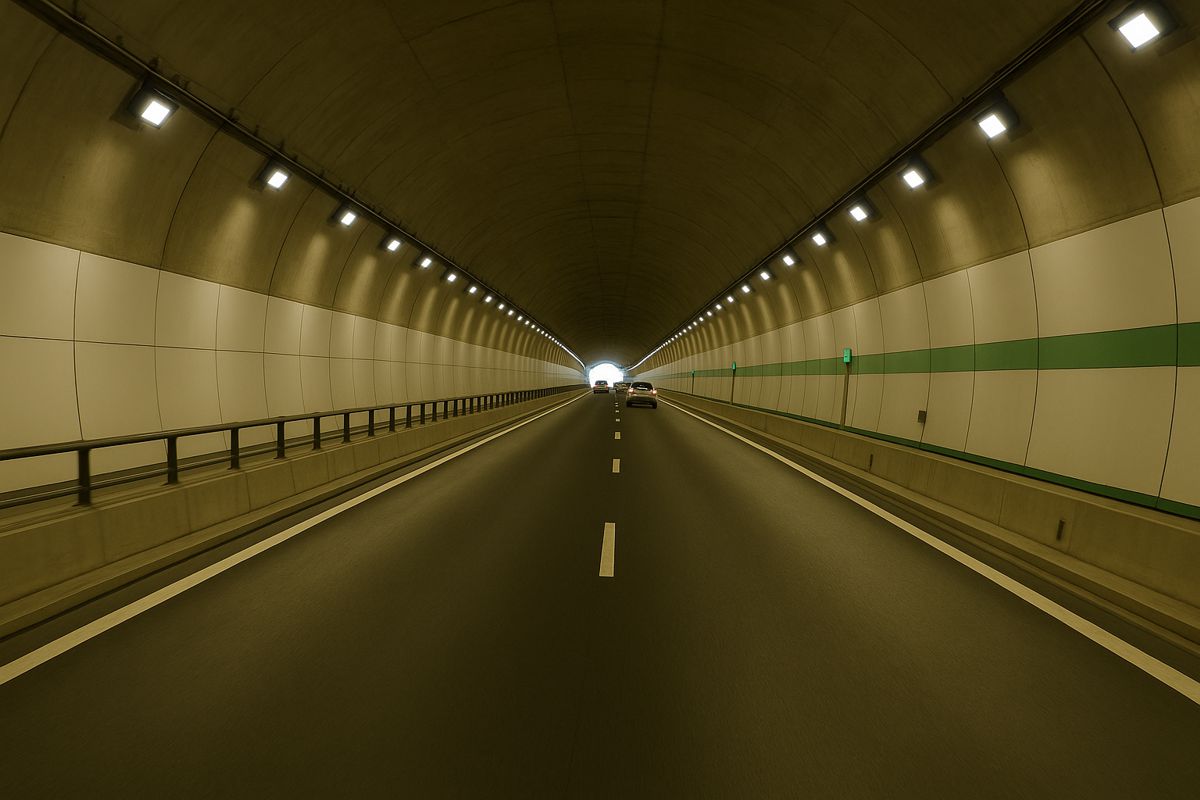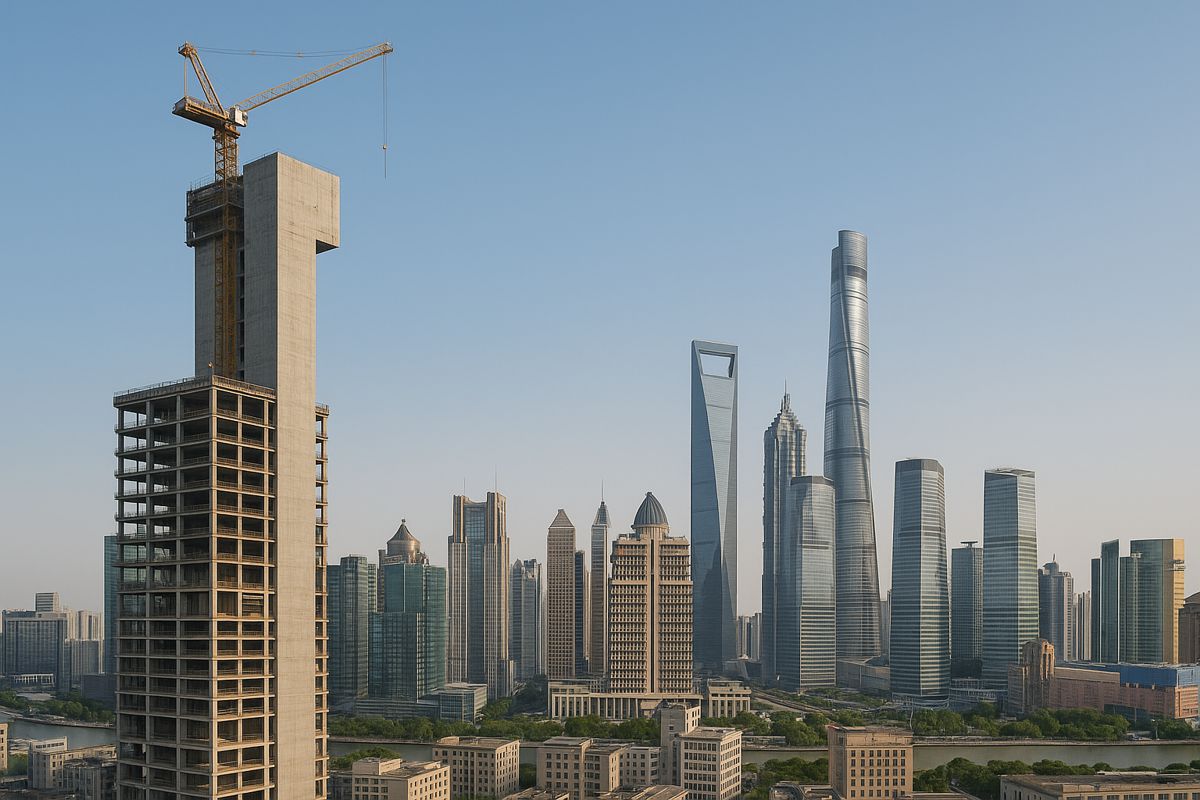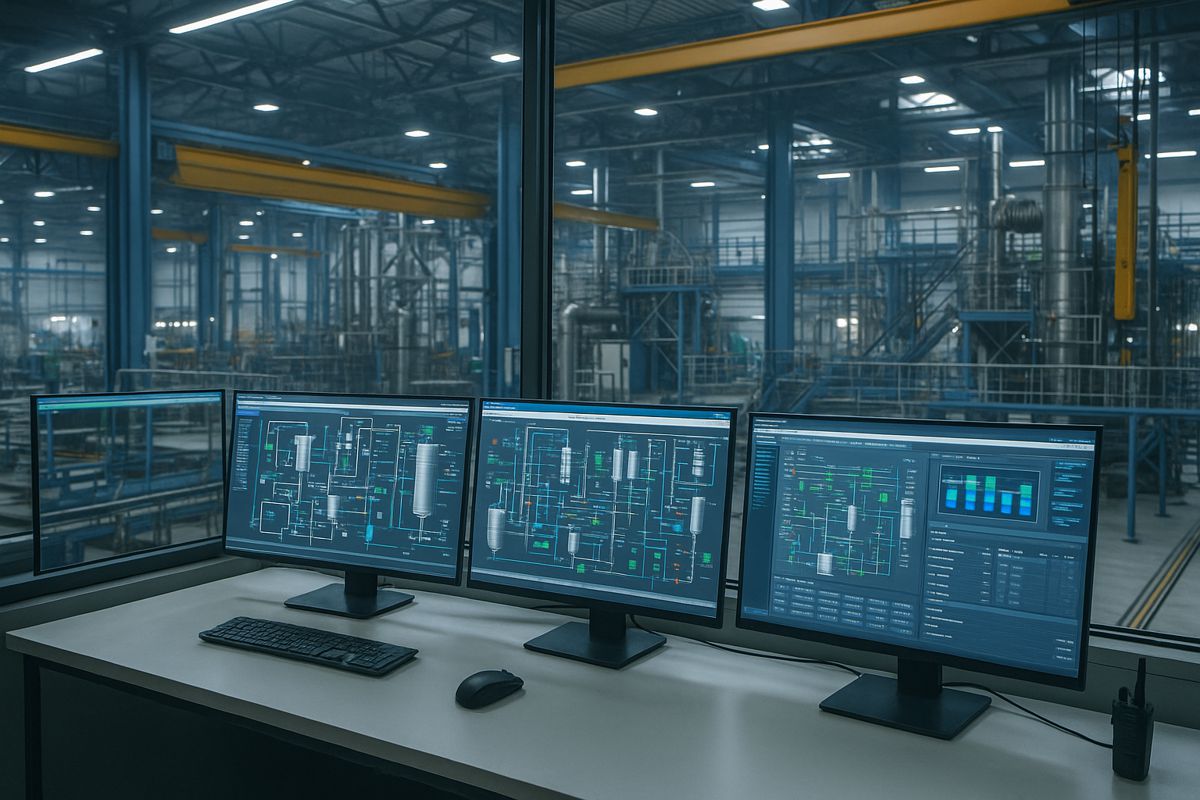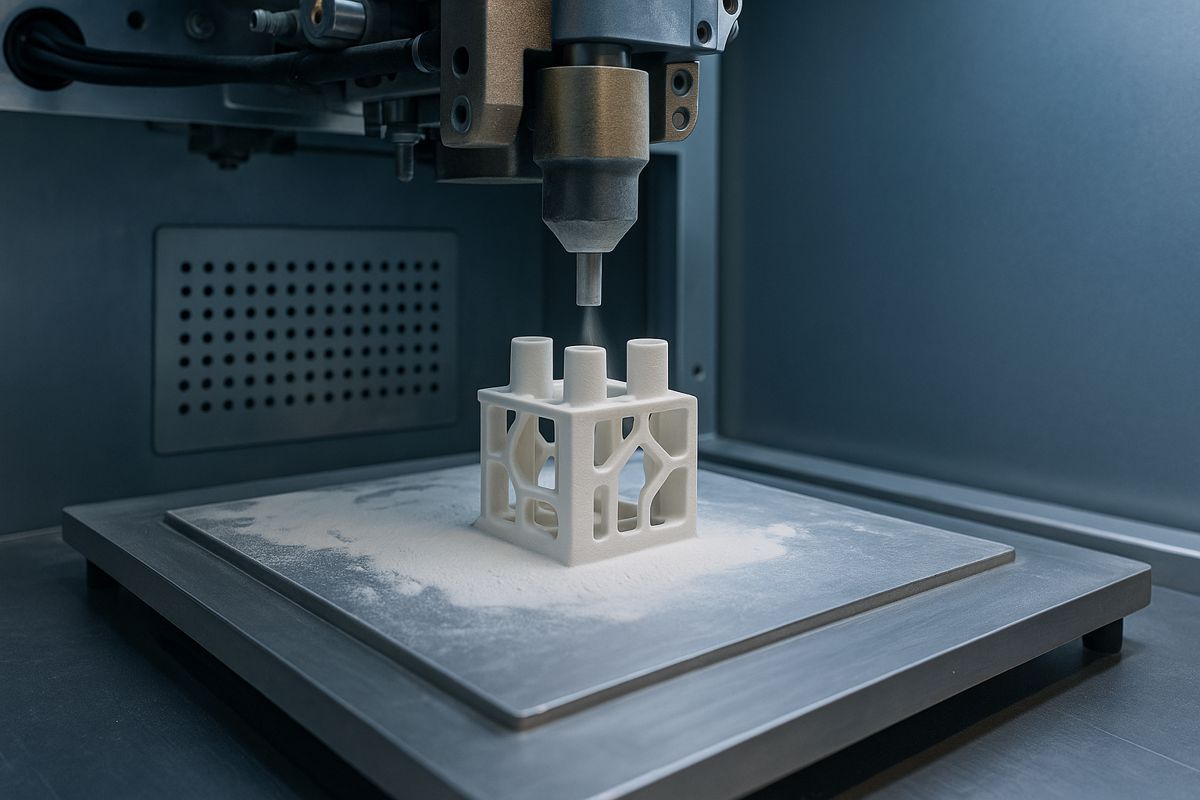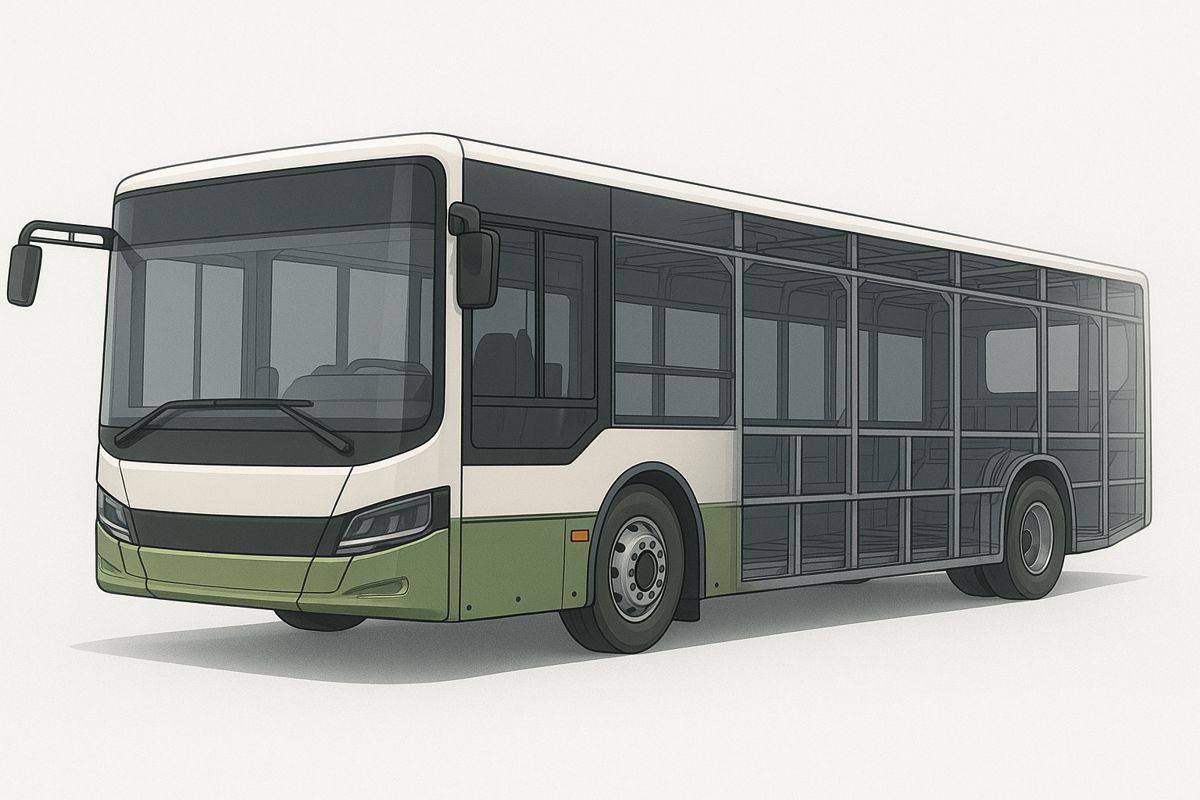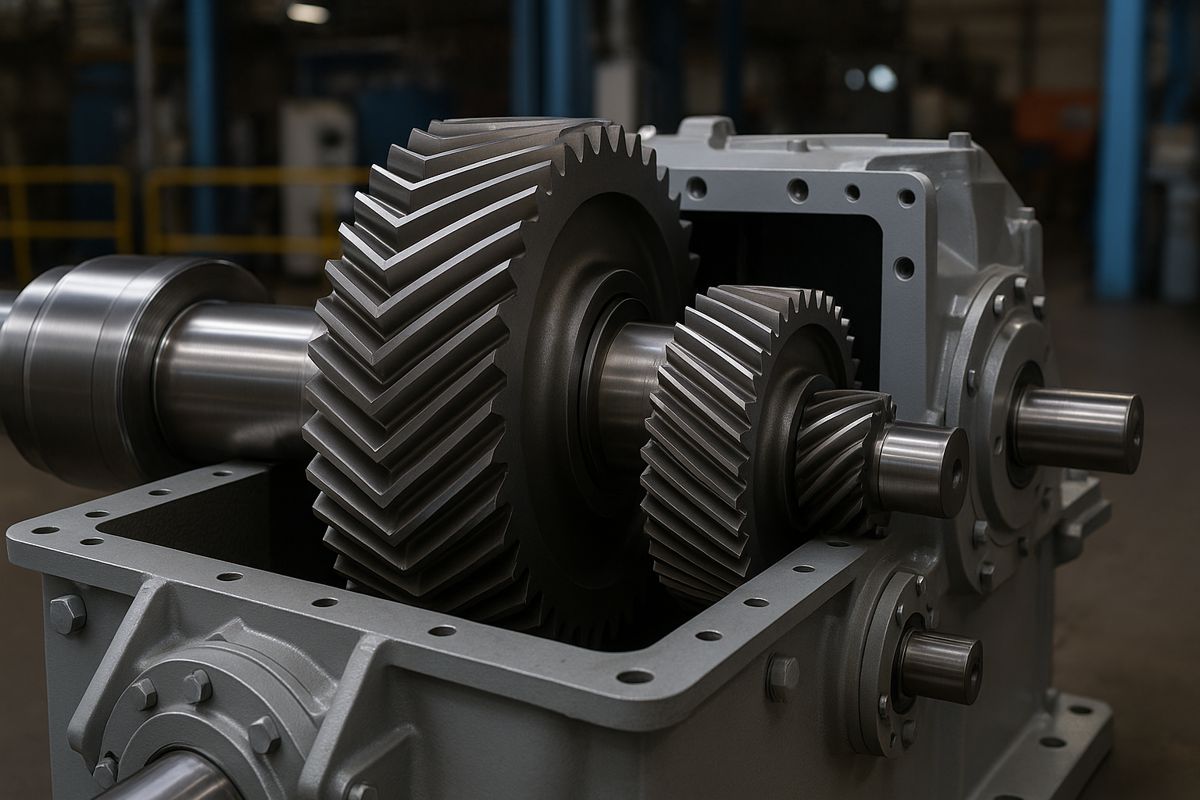Seismic Safety for Tunnel-Group Metro Stations
Engineers have long understood that when earthquakes strike, underground structures are not immune from nature’s relentless energy. Yet metro systems built deep in rock are often assumed to be inherently safer than their shallow, soft-soil counterparts.
History, however, tells a very different story. From the 1999 Chi-Chi earthquake in Taiwan, which damaged 49 of 57 mountain tunnels, to the severe failures across mountain road tunnels during China’s 2008 Wenchuan quake, underground transit networks carved into rock can and do suffer extensive seismic damage.
Modern metro systems increasingly rely on tunnel-group configurations, where multiple tunnels and connecting passages form complex subsurface stations. These shallow-buried, interlinked structures behave very differently under seismic loads compared to single-tunnel systems. Yet until recently, scientific understanding of their dynamic response has been limited, restricting robust seismic design and risk-assessment strategies.
A recent collaborative study from Tongji University, China Railway Liuyuan Group, and Beijing Jiaotong University shines fresh light on this critical safety challenge. Their work: Shaking Table Test on a Tunnel-Group Metro Station in Rock Site under Harmonic Excitation explores the behaviour of a real-world metro station configuration under controlled seismic conditions.
A Real-World Blueprint for a Scaled Seismic Model
The research team based their experiment on a station from Qingdao Metro Line 4, using a rigorous similitude design with a geometric scale of 1/30, density scale of 1/3.33, and elastic modulus scale of 1/100. To recreate the geological and structural conditions faithfully, they selected foam concrete at 730 kg/m³ to simulate surrounding rock, and a gypsum-diatomite composite mixture (mass ratio 1:0.1:1.6) to represent the lining structure.
This meticulous approach ensured the scaled model had a matching stiffness ratio to the prototype. Accurately simulating stiffness in reduced physical models is notoriously difficult, making this test setup particularly valuable to the field.
As one of the researchers noted: “Model fidelity is not simply about size scaling but dynamic similarity. The materials chosen preserved the stiffness contrast between rock and lining, which is essential for credible seismic response data.”
Testing Under Controlled Harmonic Excitation
The experiment used a six-degree-of-freedom shaking table, applying harmonic waves at frequencies of 12, 17, 19, 21, and 23 Hz at 0.1g peak acceleration in both longitudinal and transverse directions. To determine site characteristics before and after shaking, 0.05g white noise inputs were employed.
Instrumentation included acceleration sensors in both the rock and structural elements, as well as strain gauges at key connection points. This allowed precise measurement of inertial amplification, stress concentrations, and frequency-dependent behaviour.
Site-Structure Interaction
The study revealed that the surrounding rock strongly influences structural response. In other words, tunnel-group station behaviour is governed by ground-structure interaction rather than structure alone.
Results showed a transverse fundamental frequency of 22.1 Hz and longitudinal fundamental frequency of 20.3 Hz. This frequency dependency underscores the importance of matching design assumptions to local geological conditions.
One researcher highlighted: “The metro station does not respond independently. It interacts continuously with the rock mass, affecting wave propagation and energy dissipation.”
Interestingly, the metro station reduced seismic energy transmission to the surface, hinting at its role as a partial seismic barrier in some scenarios.
Acceleration Amplification and Boundary Effects
Acceleration increased from the base to the roof of the model, with amplification peaking at 21 Hz under longitudinal shaking, reaching 2.88 at the top. Engineers will note this aligns with the well-known but often underestimated amplification in underground cavities near ground level.
The boundary effect of the physical model proved minimal, with errors no more than 9 percent. That result strengthens the reliability of the data, giving confidence in applying findings to full-scale design.
Structural Hot-Spots
Different tunnel sections behaved differently depending on directional input. Under transverse motion, the station hall’s opening amplified acceleration more dramatically than standard sections. Under longitudinal shaking, this difference became negligible.
Vaults experienced greater acceleration than inverts, and the gap widened as frequency increased. Critical tension zones emerged at the spandrel of the vertical connecting passage under transverse excitation, reaching 42×10⁻⁶, and at the arch footing of the horizontal passage under longitudinal excitation, recording 36×10⁻⁶.
The authors summarised the risk succinctly: “Connecting passages exhibit higher vulnerability, particularly at spandrels and arch footings. These zones warrant enhanced reinforcement strategies in design.”
The Future Metro Design
Metro expansion continues worldwide, with underground networks extending into increasingly complex geology. Shallow-buried stations in rock sites are common across cities like Hong Kong, Seoul, Chongqing, Los Angeles, and Istanbul. Understanding seismic behaviour in these settings is not merely academic. It informs real-world decisions in:
- Reinforcement detailing for connecting corridors
- Rock-structure interface modelling
- Station shape optimisation for energy dissipation
- Frequency-sensitive design checks
- Dynamic numerical simulation validation
Complementary studies, such as those published by the International Society for Rock Mechanics and ASTM on underground shock response, also emphasise rock-structure interaction as a key determinant of tunnel safety under seismic loading.
With earthquakes remaining unpredictable, proactive seismic engineering is vital for resilience.
Data for Smarter, Safer Underground Networks
Although shaking table tests cannot perfectly mirror full-scale events, they offer indispensable insights. This study provides baseline data for validating numerical models and improving seismic codes for complex tunnel groups.
As rail infrastructure grows and becomes more interconnected, especially in seismically active regions, the lessons are clear. Engineers must move beyond single-tunnel assumptions and embrace integrated seismic modelling.
Strengthening the Future of Underground Transport
Put simply, tunnel-group metro stations are here to stay. With cities digging deeper and expanding laterally underground, the future belongs to data-driven resilience. Studies like this one help ensure tomorrow’s metro networks stand firm when the ground beneath them moves.
In the words of the research team: “Understanding complex seismic interactions is the foundation for safer infrastructure in rock environments.”
Building Confidence with Seismic Science
Investing in seismic science today builds confidence in the infrastructure that millions rely on daily.
As underground systems expand worldwide, research-driven engineering will safeguard the deep arteries of modern cities.
